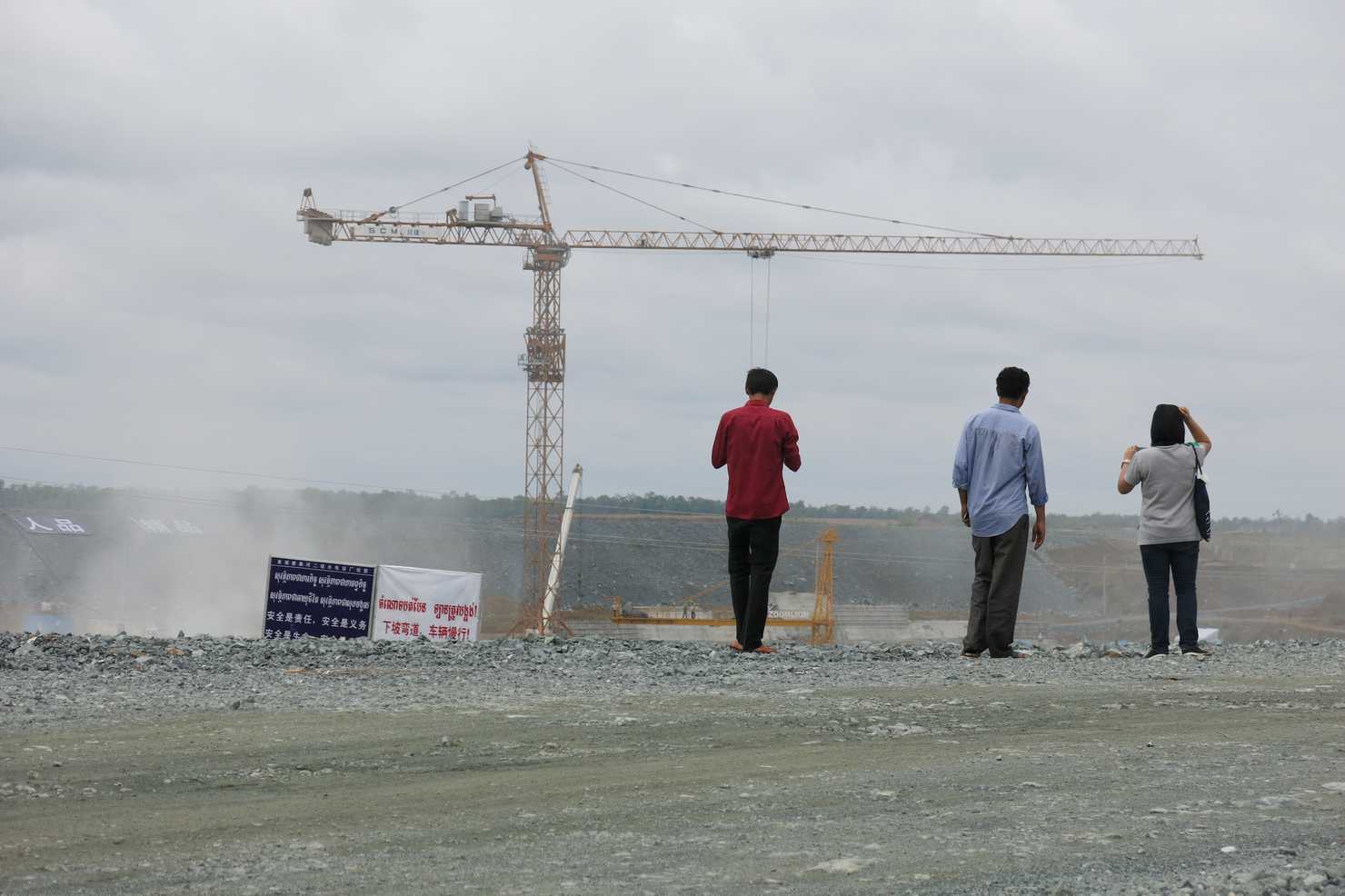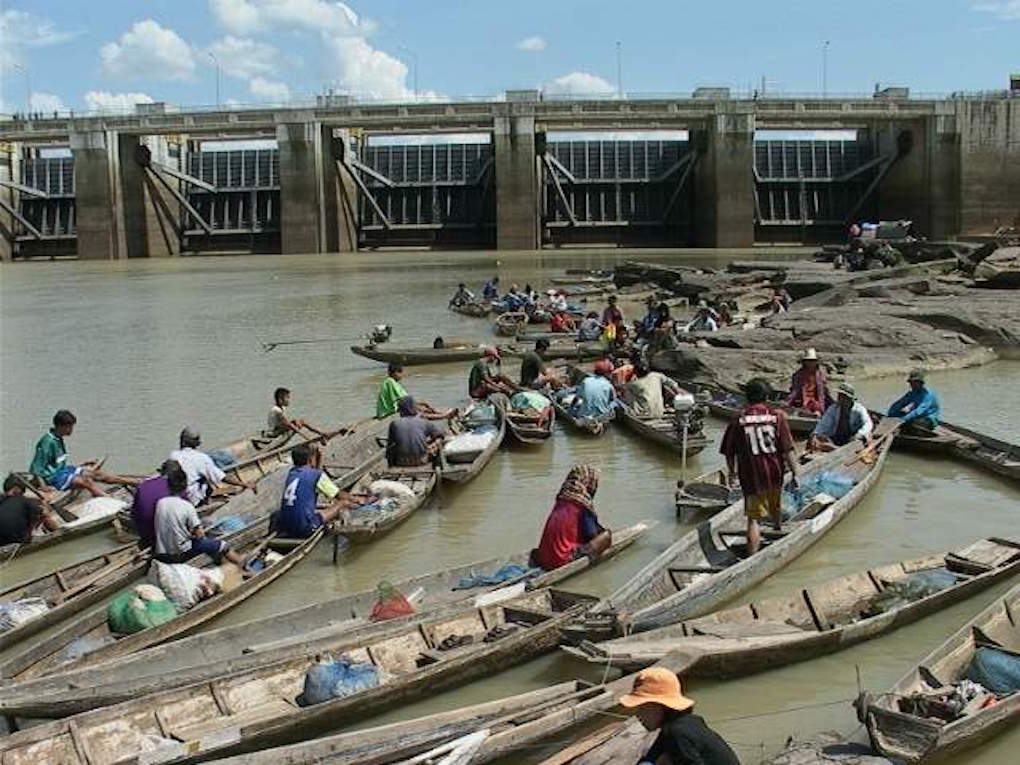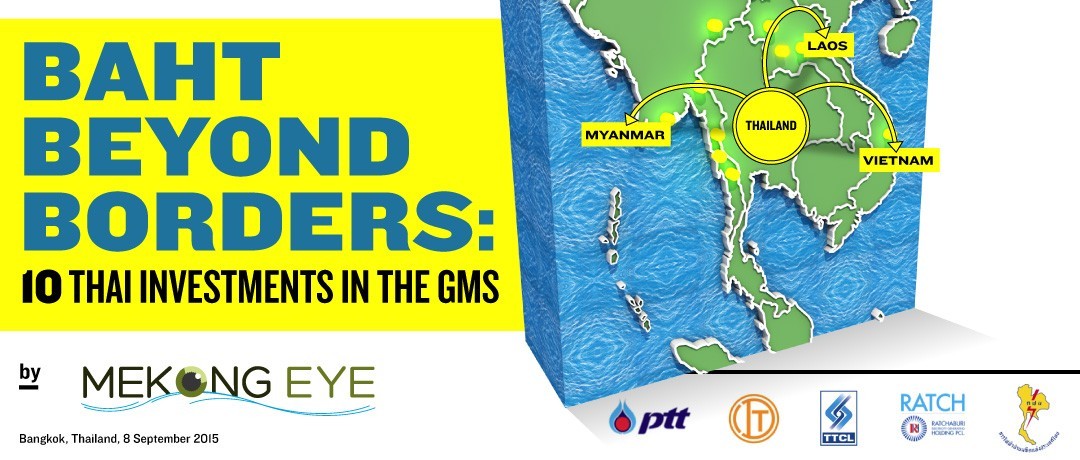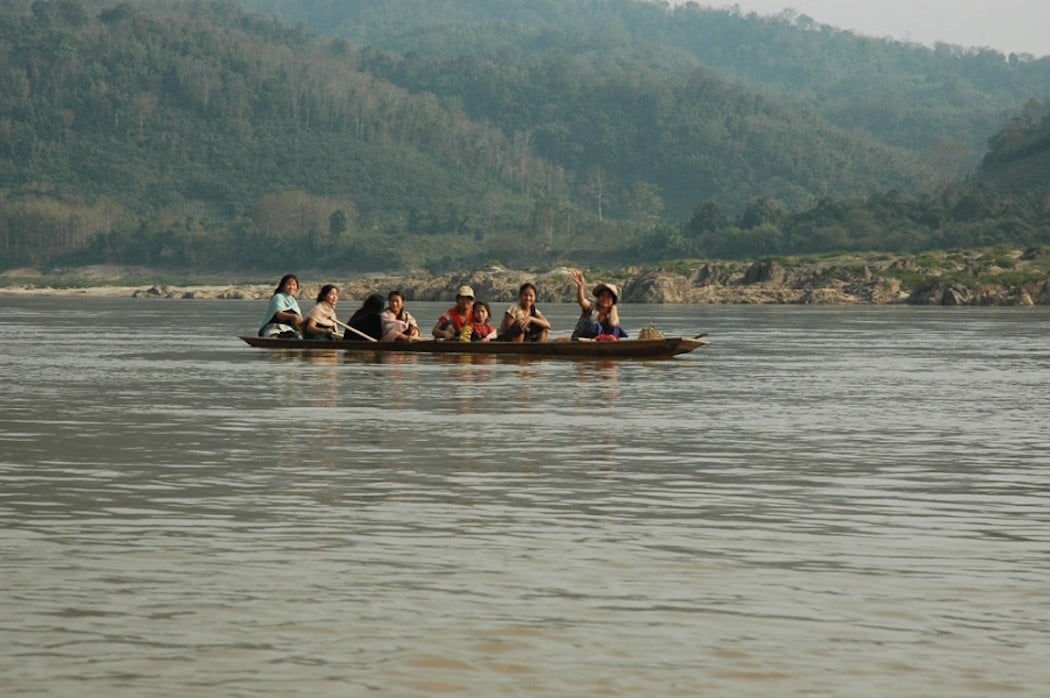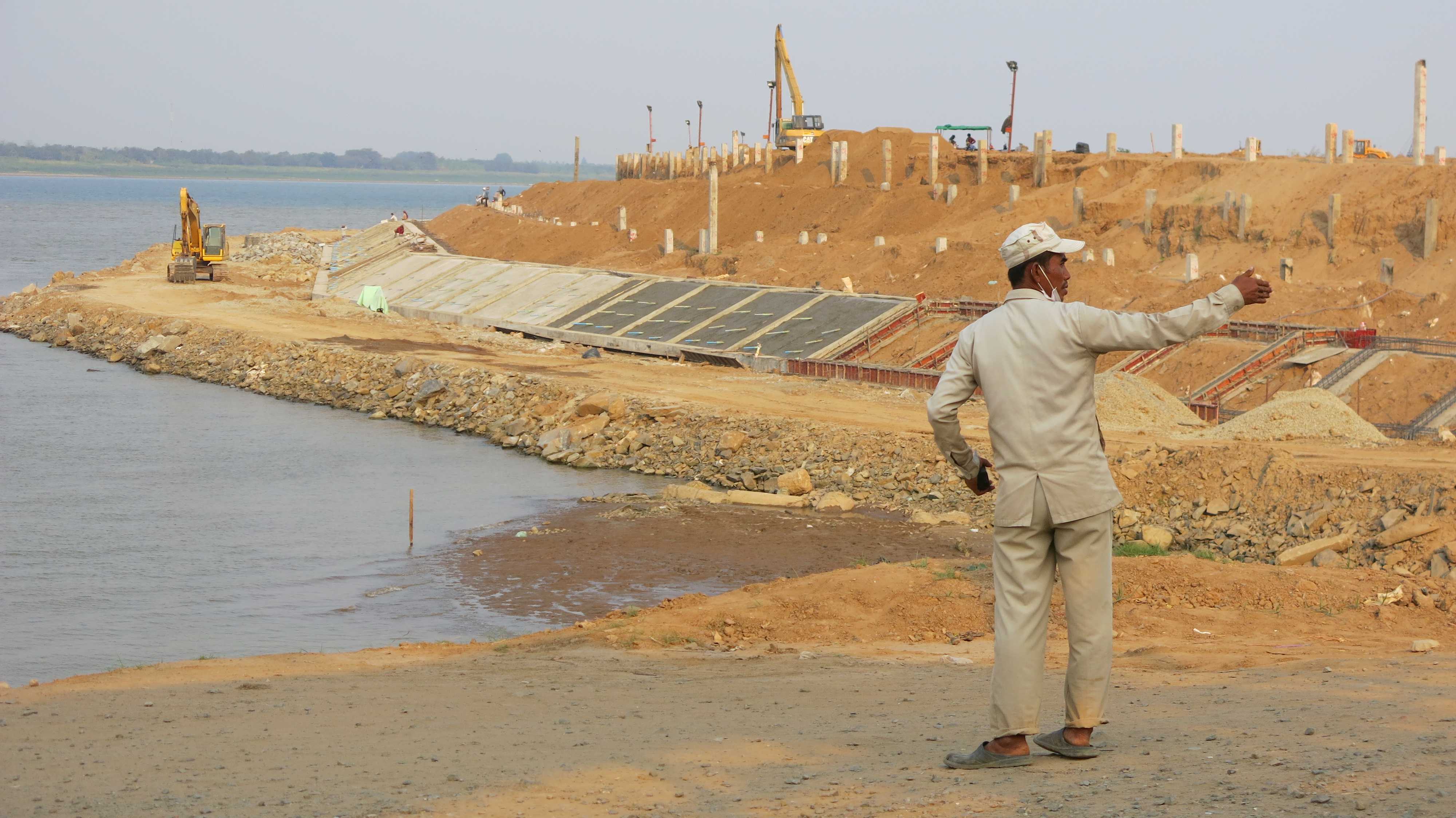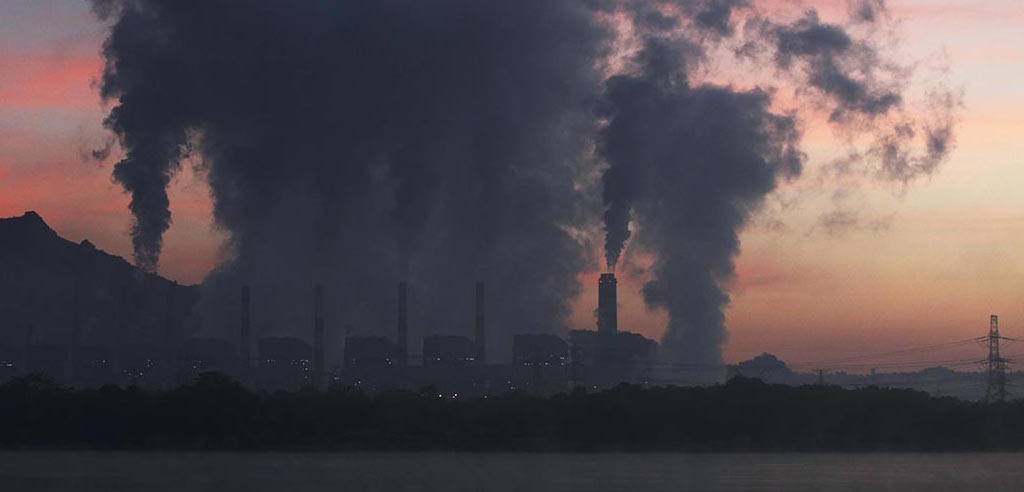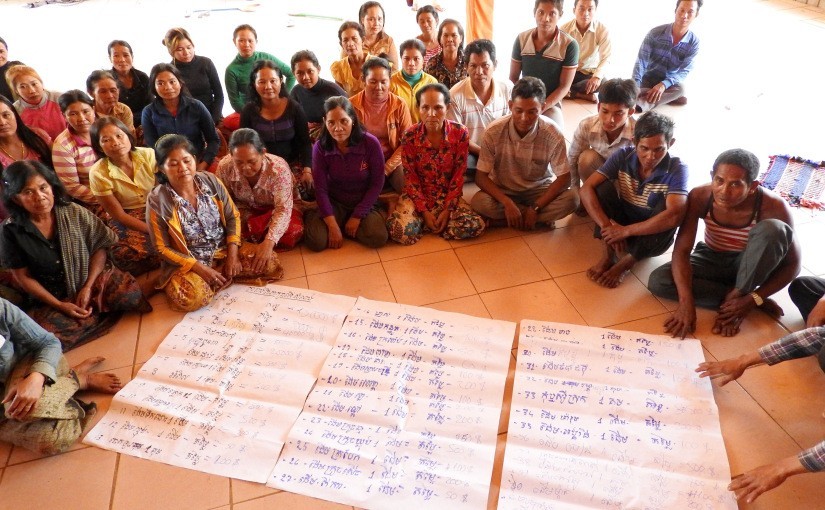Mekong countries’ chronic shortage of electricity which threatens to stymie economic growth, could be eased by pushing for acceleration of plans by the Association of Southeast Asian Nations (Asean) for a regional power grid. However, damming the Mekong River can causes widespread controversy in South East Asia. Lower Sesan 2 dam on Mekong river in Cambodia is a typical example.
Category: Mekong
Mekong ‘gravity’ study under fire
A feasibility study on a proposal to build a tunnel diverting water from the Mekong River to the drought-stricken Northeast region will be wrapped up by year-end and will determine whether the multi-billion baht project is economically viable, a senior irrigation official says.
Somkiat Prajamwong, director of the Project Management Office, Department of Royal Irrigation, said the study on the Mekong-Loei-Chi-Mun project, which will manage and divert water from the Mekong to the Chi and the Mun rivers, will also focus on the technical and engineering aspects to make sure water can be diverted to the destinations using only the principle of gravity.
Pak Moon dam still a dilemma 25 years on
When dam proponents came to her house almost three decades ago and made promises that Pak Moon dam would bring prosperity and progress to surrounding villages, Lamphai Khamlap was immediately suspicious.
Today, her concerns are being realised. The dam which was completed in 1994 on the Moon River, a tributary of the Mekong River, has had a severe impact on the livelihood of the villagers in Ubon Ratchathani.
“Hell” was the terse response of Mrs Lamphai, now 59, when asked what the Pak Moon dam meant to her. Her harsh indictment was echoed by many others.
Eye On: Baht Beyond Borders
With public opposition to major infrastructure projects a growing concern, and willing partners in neighboring countries eager to pick of the slack, Thailand’s industrialists are fanning out in all directions. Energy projects dominate the mix, including coal, gas and hydropower. As a result, it’s the Electricity Generating Authority of Thailand driving much of the activity.
Drought-hit Thailand taps Mekong water
Facing a severe drought this year, Thailand is pumping water from the Mekong river to irrigate farms inland. It also wants to divert larger volumes, despite warnings from environmentalists about the downstream impact.
Pumping is now taking place in north-eastern Thailand, a parched region separated from Laos by the Mekong. In Nong Khai province, where a sluice gate between the Mekong and its tributary located within Thailand is now closed, temporary pumps are extracting water from the river at a rate of 15 cu m per second to water crops.
Thai communities vow to appeal against Laos dam
Even after losing a battle in the Thailand Administrative Court, a group of Thai villagers are not giving up. They have filed appeal after losing the first community-led lawsuit in the region to challenge a large dam on the Mekong river.
On 25 Dec 2015 the Administrative Court ruled in favour of five Thai state agencies accused of ‘illegally’ signing an agreement to buy power from the 1,200-megawatt Xayaburi dam in Laos – the first dam to be built on the mainstream of the Lower Mekong river.
Why the Mekong River Commission May Be In Peril
The fallout from the Great Fall in financial markets, equities and currencies is ricocheting through the regional economy and beginning to exact a toll – initially among badly-run companies and poorly-managed government institutions.
What a New Vietnam-Russia Deal Says About the Mekong’s Future
It is potentially an unusual business transaction. While the prospect of a Vietnamese company taking over a Russian group in of itself is unusual, the buyout of a strategic stake in a major fish distributor is also a reflection of changing attitudes to the management of the Mekong River.
Food security is the priority issue dominating the political agenda surrounding the lower Mekong subregion for the Vietnamese and Cambodian governments. It’s a stark contrast to thinking in Laos, which sees the Mekong primarily through the lens of hydropower.
Coal Power on the Rise: Mekong Region Digs In
While initiatives by the Asian Development Bank, ASEAN, United States, Japan, France and the private sector aim to advance renewable energy within the Greater Mekong Subregion (GMS), coal-fired power plants are slated to become an increasingly larger share of the region’s electricity generating portfolio.
Cambodians Seek Compensation for LS2 Dam Relocation
The controversial Lower Sesan 2 Dam (LS2 Dam) is being built in the worse possible location: at the junction of two of the most important tributaries of the Lower Mekong River in northern Cambodia, i.e. the Sesan River & Srepok River.
This dam has received strong opposition and criticism from scientists, fisheries experts, NGOs and Human Rights groups. The dam will be located at a vital junction for the reproductive migration of dozens of Mekong River fish species. Thousands of families in six Villages in northern Cambodia will be displaced.


